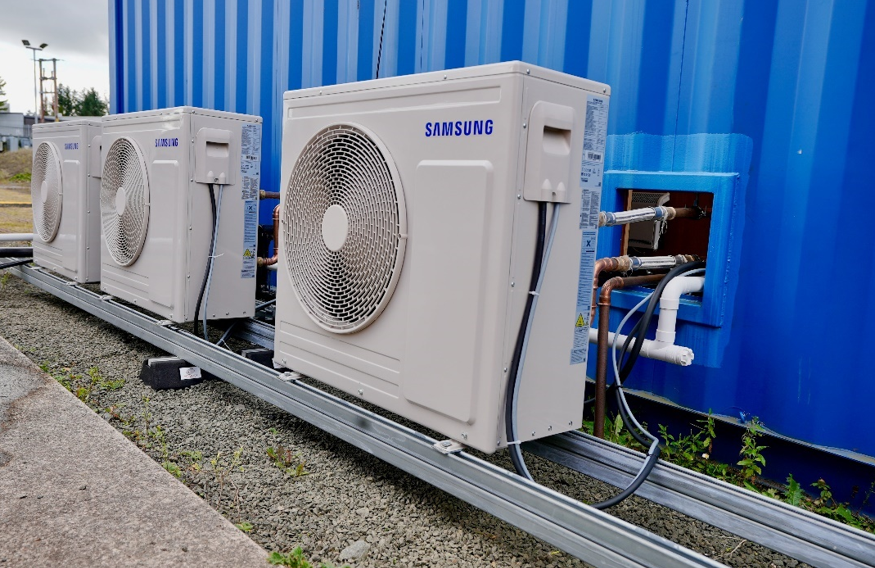A virtual Earth modelling initiative to better understand changing climate and extreme weather events has been launched.
Destination Earth (or DestinE) will provide a highly accurate digital twin of the Earth. It means that scientists can observe environmental challenges which can help predict future scenarios
Built with the involvement of more than 100 partners from countries all over Europe, the system was officially launched at a ceremony held at the EuroHPC JU LUMI supercomputing centre in Kajaani, Finland.
The LUMI supercomputer, hosted by CSC IT Center for Science, is one of the extreme-scale computing systems used in DestinE thanks to the strategic access awarded by the EuroHPC Joint Undertaking (EuroHPC JU). In addition to being Europe’s most powerful system it is also one of the greenest.
Director-general of the European Organisation for the Exploitation of Meteorological Satellites Phil Evans explained the work to build the DestinE Data Lake, the system providing access to the digital twins’ data, but also providing the opportunity to process the data online. The Data Lake will include access to data from other sources, including Earth Observation data, but also socioeconomic data sources, in addition to data from the DestinE digital twins.
“Today is an important milestone towards empowering Europe with a new tool to foster resilience and fact-based decision-making. This technological innovation underpins the entire initiative: enabling interoperability between separate datasets and accelerating our ability to cross-reference different types of information, to deliver impactful models and answers in an easy way to user communities.”
© 2019 Perspective Publishing Privacy & Cookies







Recent Stories